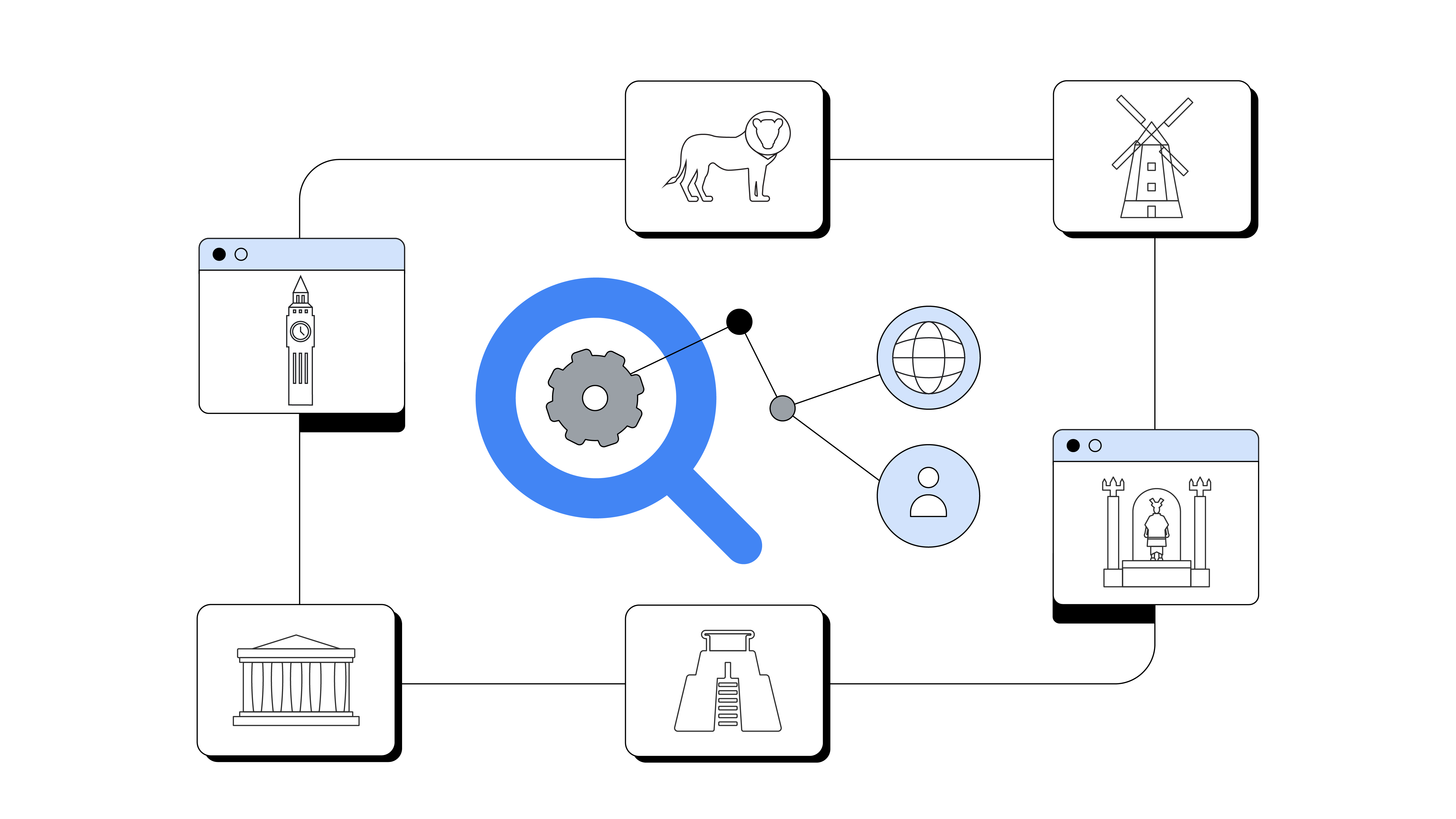By improving their digital capabilities, organisations stand to reap significant benefits: up to 20% more revenue and 30% more cost savings. But even though we’re talking about digital marketing transformation, there’s much more to making these kinds of gains than just technology.
When it comes to transformation, how you align your organisation is every bit as crucial as the tools you choose to use. For instance, research shows that advanced data-driven technologies alone aren’t enough to secure success: people play a vital role and giving them the right organisational structure helps scale the effects.
The most digitally mature businesses typically possess several organisational enablers: a fail-fast culture, strategic partnerships, specialist skills, and agile structures. Alongside these enablers, we see a number of key tactics being used by companies that have achieved digital marketing maturity through digital marketing transformation.
1. Set a KPI for transformation
Many companies traditionally set KPIs relating to growth or revenue, but setting digital marketing maturity itself as the objective is an important and powerful step. It will help get buy-in among individuals, regions, teams, and departments from the top down to make the shift to becoming a digital-first marketing organisation.
2. Prioritise the customer journey
Many global organisations are structured according to geographical markets or products. This often means there are many marketing departments, each with their own agencies (both creative and media), ways of measuring performance, and technologies. To put the customer first, you have to centralise those functions that can provide support to multiple teams at scale (e.g. media buying).
3. Upskill and hire for agility
A truly digitally mature marketing team needs breadth and depth to possess expertise across channels (such as paid search, display, and email) and competencies (for instance automation, machine learning, and data science). In making the move to becoming a globally integrated marketing organisation, companies often need to hire new talent with deeper knowledge in certain areas and upskill existing team members to gain new capabilities.
Organisational alignment: The SAS success story
One company that exemplifies the benefits of these approaches is Scandinavian Airlines (SAS). Founded over 70 years ago, SAS wanted to move from a complicated legacy structure to a digital-first marketing organisation. With four separate regional marketing departments covering 22 countries, SAS set out to reorganise with a centralised focus.
As part of their transformation, SAS consolidated their ad tech, measurement, media buying, and optimisation. With data now being stored in Google Cloud, the team can use machine learning to see, analyse, and predict trends in real time. As a result of their digital marketing transformation, they are now able to maximise customer satisfaction — and in so doing increase revenue.
Organisational alignment is critical in achieving digital transformation.
A clear mandate in the form of a KPI named the Digital Transformation Index was vital to SAS’ success. Measured quarterly, this qualitative index relies on surveys to measure the digital competence of the company. From the outset, the entire organisation aligned around a specific target — a score of 80 (out of a possible 100) on their index.
Within three years, SAS moved past this and today their performance against this target continues to rise. As a result of shifting away from their traditional focus on products and points of sale to becoming a digital-first organisation, SAS increased online bookings by 34% through Google (Search and Display) channels within a two-year period.
SAS demonstrates that organisational alignment is critical in achieving digital transformation. Their adoption of a single focus made it possible to navigate through an ambitious undertaking in a challenging industry.








